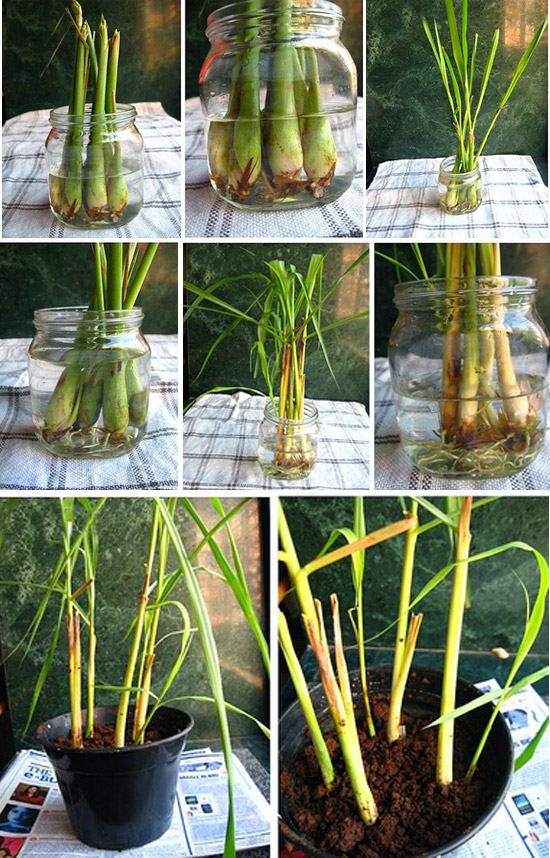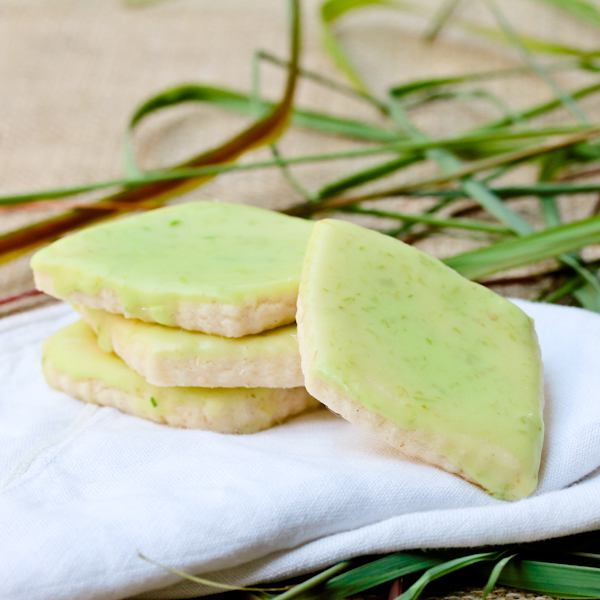I’ve heard so much about lemongrass, but I’ve never seen this herb in stores—though I have come across seeds. Lemon grass grows just as well in a pot as it does in the open ground. Lemongrass is a perennial plant that spreads quickly. One pot’s harvest is usually more than enough for an entire family—typically, you’ll grow more lemongrass than you can eat.
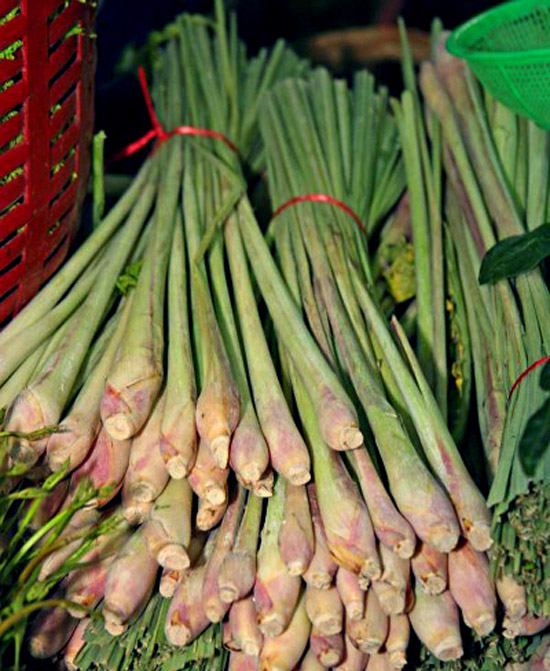
How to Grow Lemongrass
Lemongrass seeds germinate very well.
For optimal root growth, lemon grass needs a pot of at least 2 liters for 3–5 shoots (for the first 2 years, until repotting). If you can’t grow lemon grass in a large pot, you’ll need to trim it more often. The smaller the pot, the faster lemongrass will exhaust the soil, so it requires annual repotting. Watering in a small pot should also be more frequent.
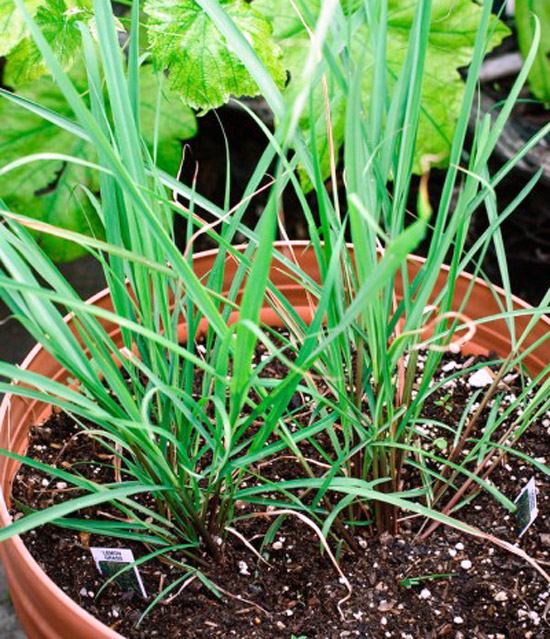
Sow the seeds in small cups filled with moist soil, without burying them deeply.
You can cover the seeds with plastic film, but I’ve recently grown to prefer using damp, absorbent paper sprayed with water from a mister.
Leave the seeds in a dark, warm place to germinate. It may take up to two weeks for the seeds to sprout.
Once the stalks reach 15–20 cm in height, you can transplant the lemongrass into a pot.
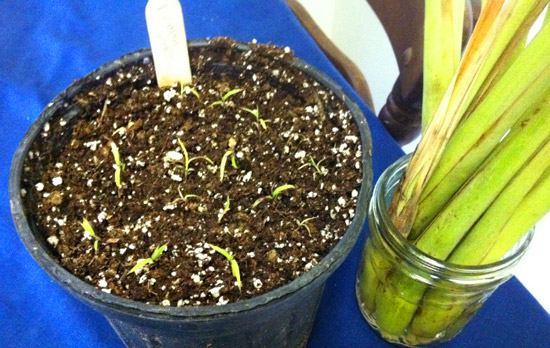
The soil for lemon grass should be sandy, like a succulent mix, but still loose, fertile, and well-draining.
The main requirement for lemongrass is a sunny spot. Watering should be moderate but regular. During particularly hot summer days, you’ll need to water it twice a day in small amounts. Lemongrass loves misting. In the winter months, reduce watering, but don’t allow the soil to dry out completely.
Lemongrass thrives on nitrogen-rich fertilizers and organic matter. While it adapts well to pots, it does need fresh air, at least during the warmer months.
The plant may not be compact, as lemongrass bushes can grow quite lush, rivaling the popularity of houseplants like spider plants.
Lemongrass also propagates well from cuttings, if you can get your hands on some.
How to Use Lemon Grass
By growing lemongrass, you’ll get a pleasant bonus—no mosquito will dare cross the threshold of your windows. The same can’t be said for cats—lemongrass ranks high in the feline favorites, just after valerian and catnip.
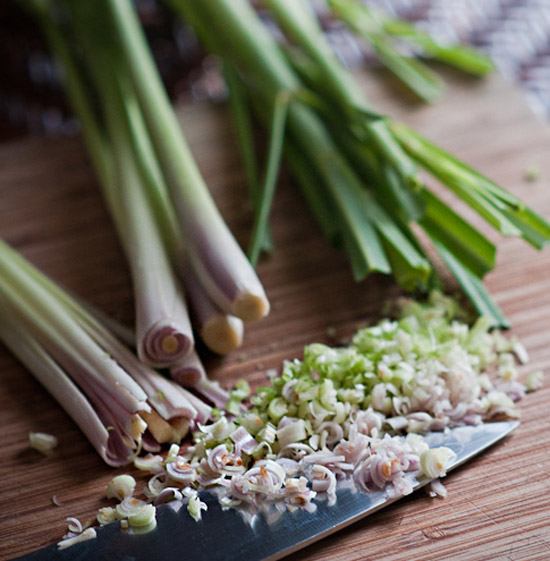
You can start trimming lemon grass leaves (for teas and soups in Eastern cuisine) once they reach 25–30 cm. Harvest of the stalks (for Japanese dumplings and sauces) can begin when the stalks are 3–5 cm in diameter. Be careful when trimming the leaves, as they are sharp, like paper. Stalks should be cut at soil level, with great care—don’t try to twist or break them off, as the delicate roots can be easily damaged. The cut stalks will regrow.
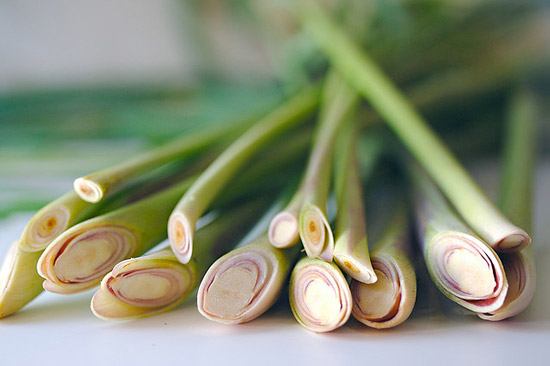 Though the tough outer leaves aren’t very aromatic, they can be added to tea infusions. Overall, the plant has a very intense citrus aroma, so it’s best to start culinary experiments with small amounts. Harvested stalks can be stored in the refrigerator in a container, sliced and frozen. The leaves dry quickly and retain their essential oils for a long time.
Recipes with lemongrass
will be saved for the next article.
Though the tough outer leaves aren’t very aromatic, they can be added to tea infusions. Overall, the plant has a very intense citrus aroma, so it’s best to start culinary experiments with small amounts. Harvested stalks can be stored in the refrigerator in a container, sliced and frozen. The leaves dry quickly and retain their essential oils for a long time.
Recipes with lemongrass
will be saved for the next article.
